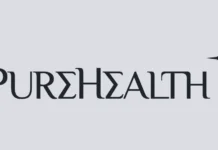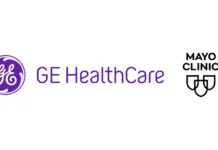Viz.ai, the leader in AI-powered disease detection and intelligent care coordination, announced a partnership with Cercare Medical, which delivers next-level medical imaging with CT and MRI. The partnership will incorporate Cercare Perfusion, a fully-automated, simple-to-use, patient-specific perfusion software, into the Viz.ai platform.
“We are thrilled to join forces with another revolutionary technology company like Cercare,” said Steve Sweeny, vice president of business development and strategy at Viz.ai. “This partnership is another example of our continued commitment to work with leading, like-minded, innovative companies to enable quick access to important patient data and ultimately improve clinical impact with our Viz platform.”
Viz is broadening its imaging features and functionality to best serve institutions that perform MR imaging in the patient workflow. The infusion of Cercare Perfusion technology into the Viz.ai platform enhances the company’s flagship AI-powered neurovascular portfolio as well as the platform’s capabilities.
Brain perfusion scans measure blood flow in the brain and are used to provide critically needed information on the extent of tissue damage due, for instance, to acute ischemic stroke.1 Quickly mapping brain perfusion deficits is pivotal to minimize tissue damage in acute stroke management, and Cercare further enriches the workflow with layers of AI to produce volumetric measures, which directly impact clinical decision-making.2
“Viz.ai and Cercare Medical share the commitment to support clinical decision-making to enable the best possible patient care,” said Kim Beuschau Mouridsen, CEO of Cercare Medical. “We are pleased to enter into this global partnership to increase access to the latest perfusion technology, which is designed to easily integrate into existing workflows to provide healthcare professionals with deep, fast, and reliable patient insights.”
Cercare uniquely provides maps illustrating oxygen availability, in addition to blood flow and volume. This allows more detailed assessment of tissue pathology and therefore optimized patient management for a variety of conditions, such as dementia and neoplasia.


















